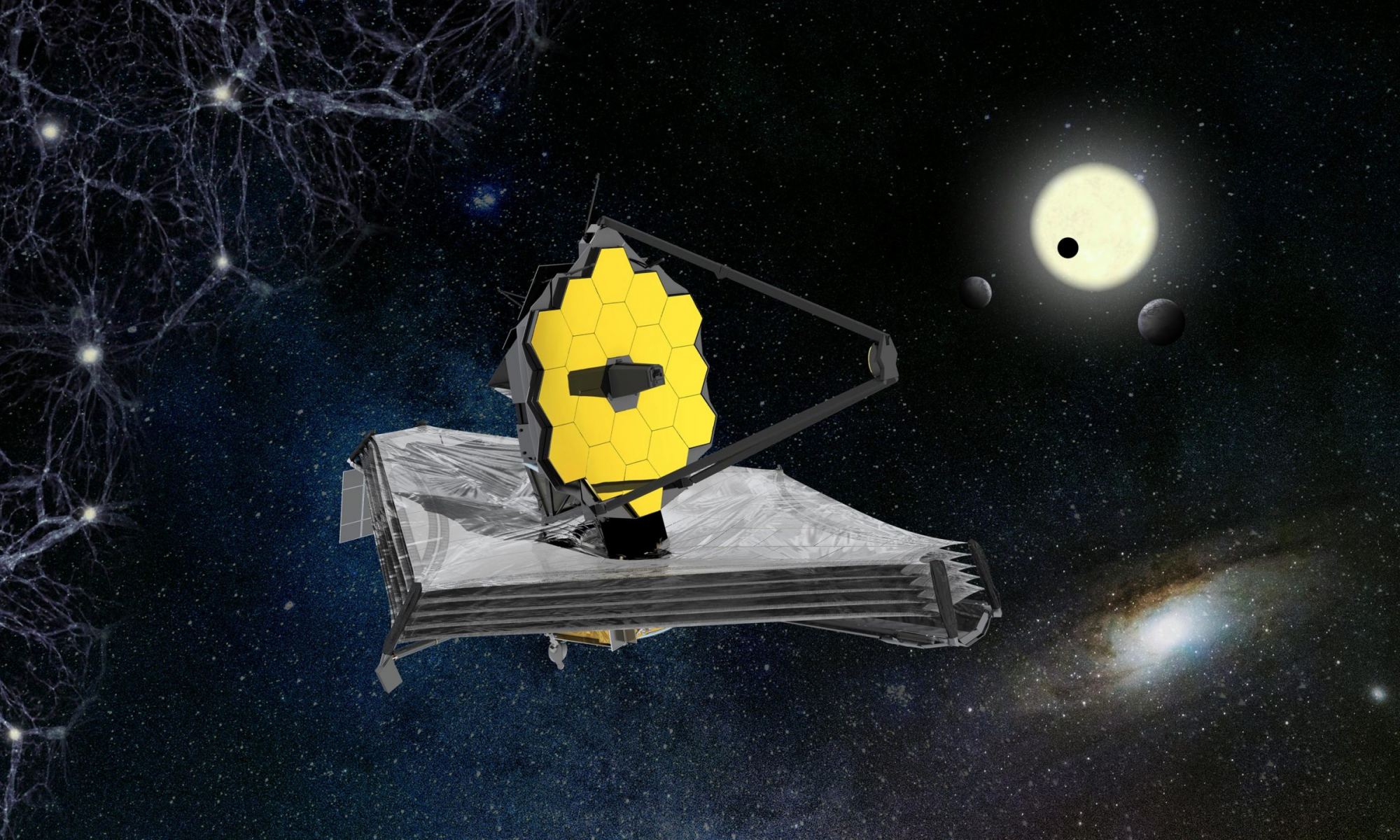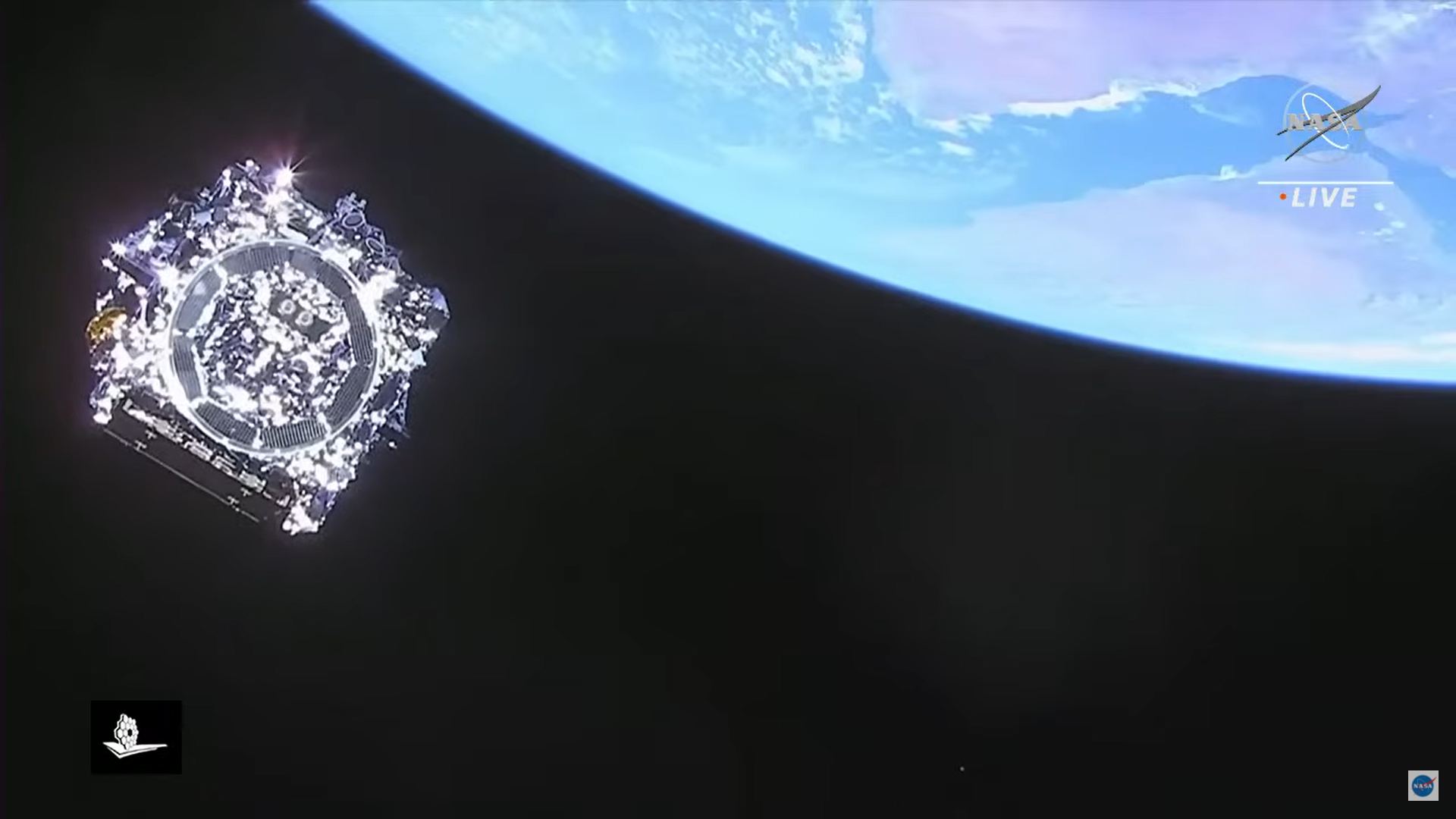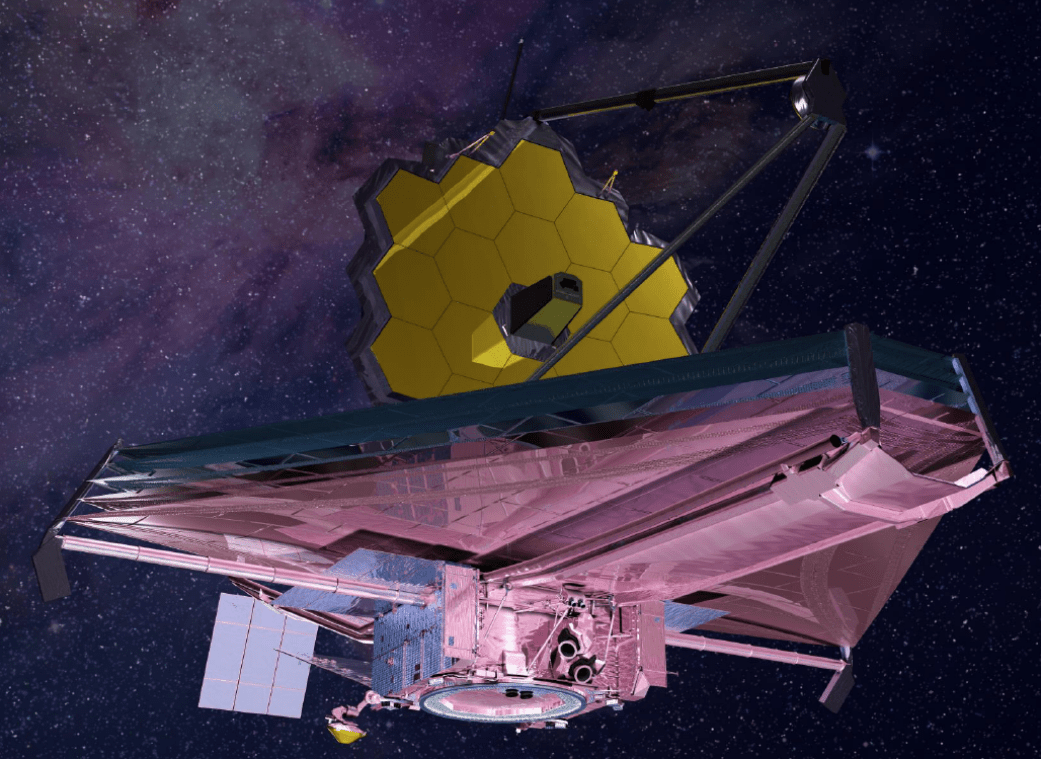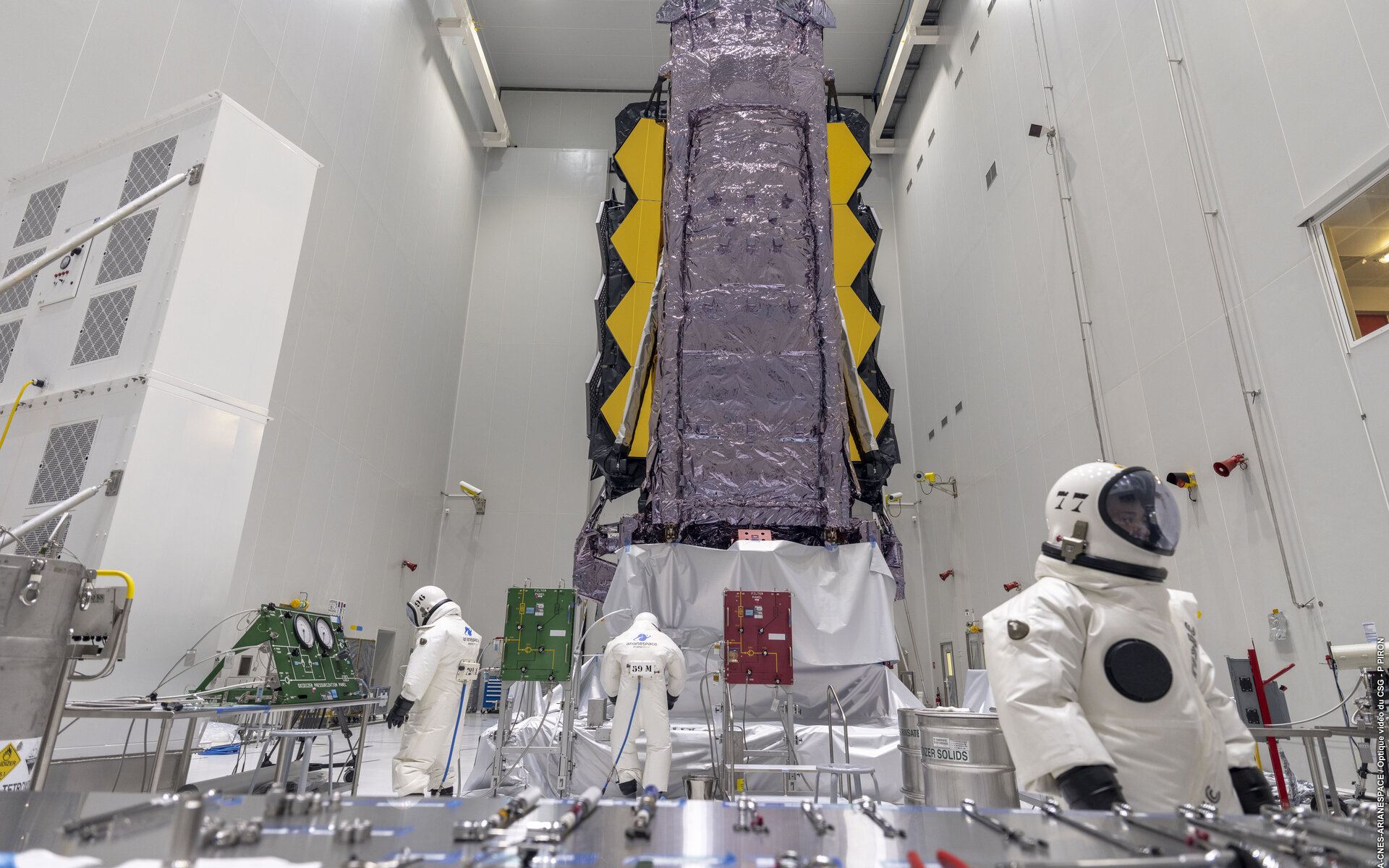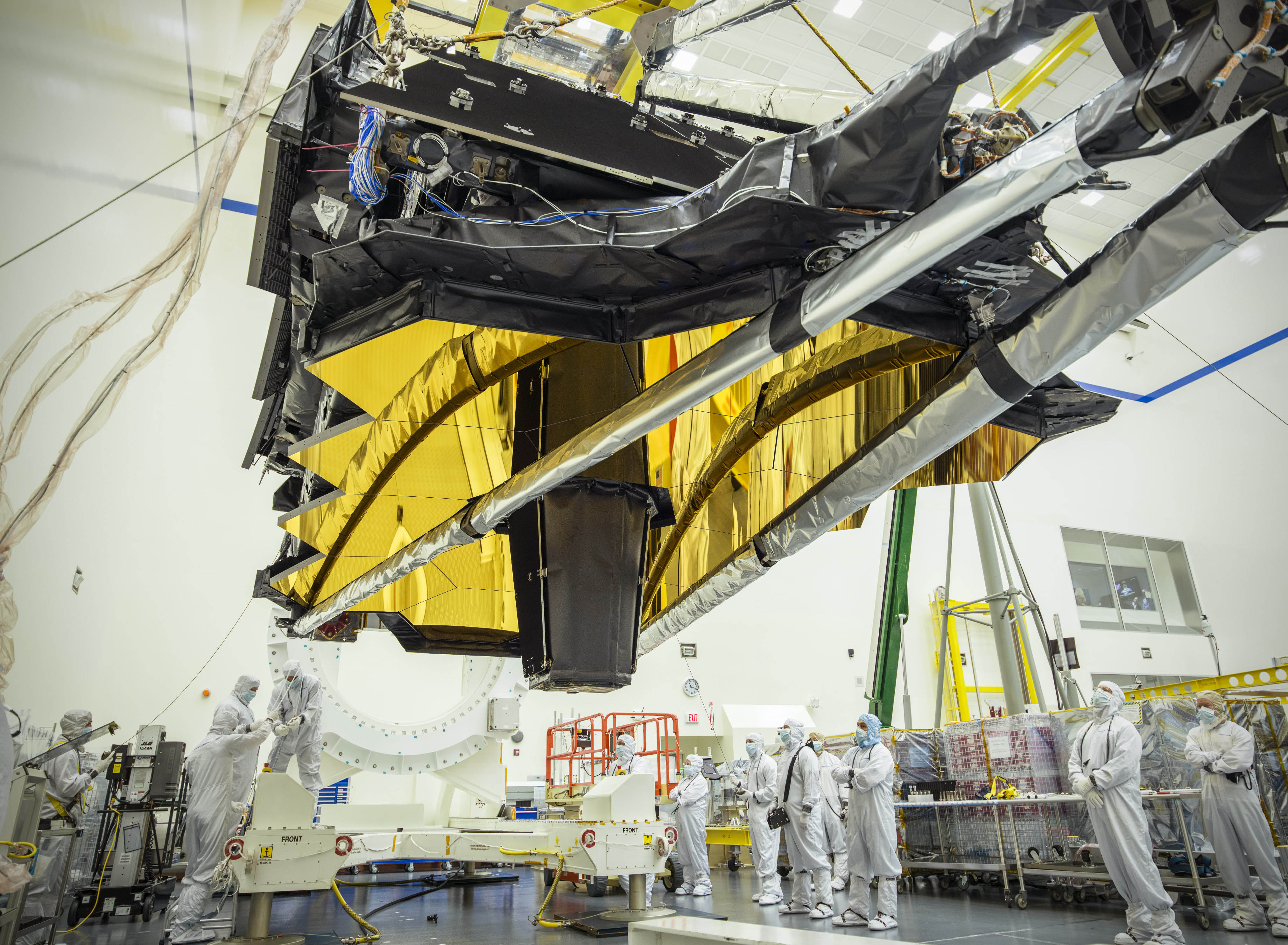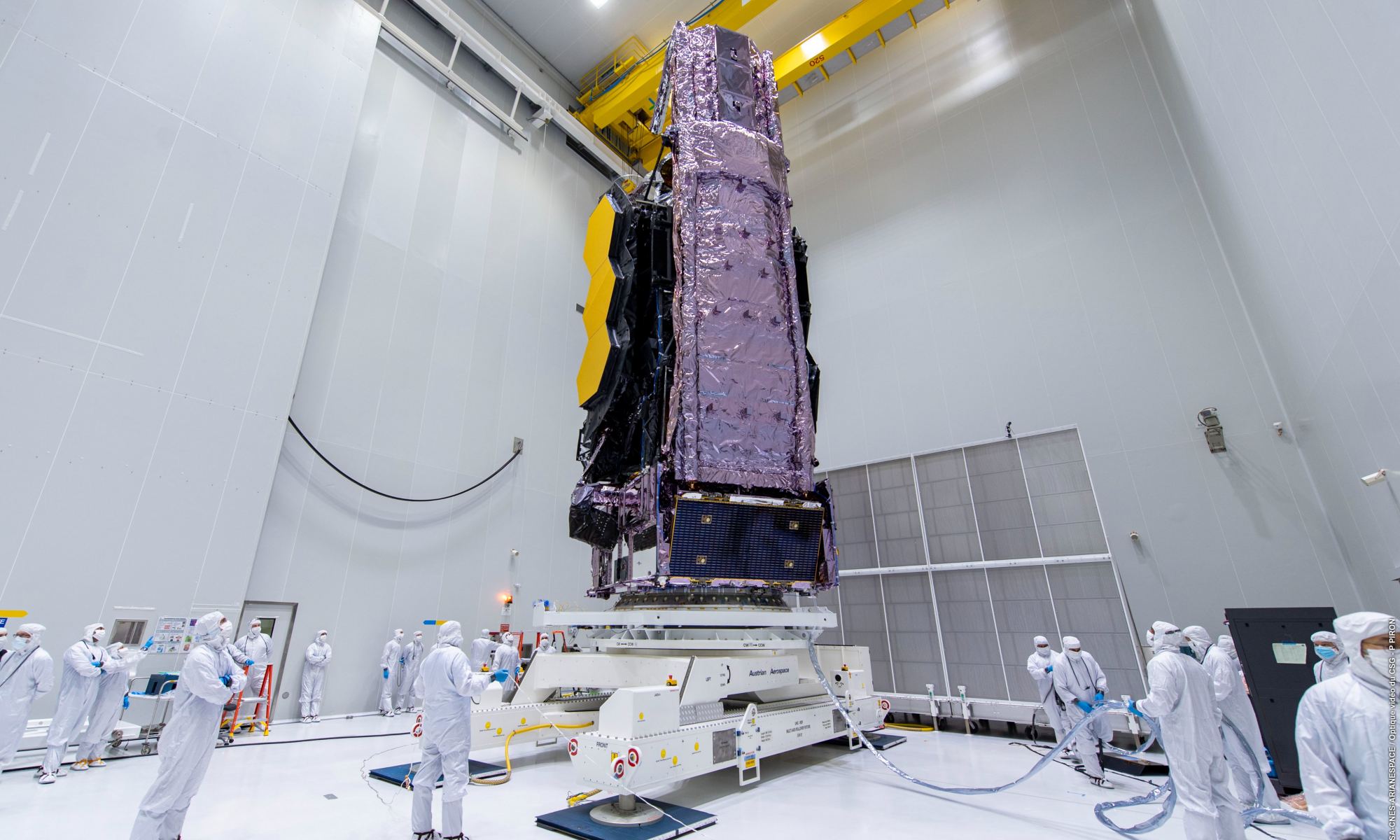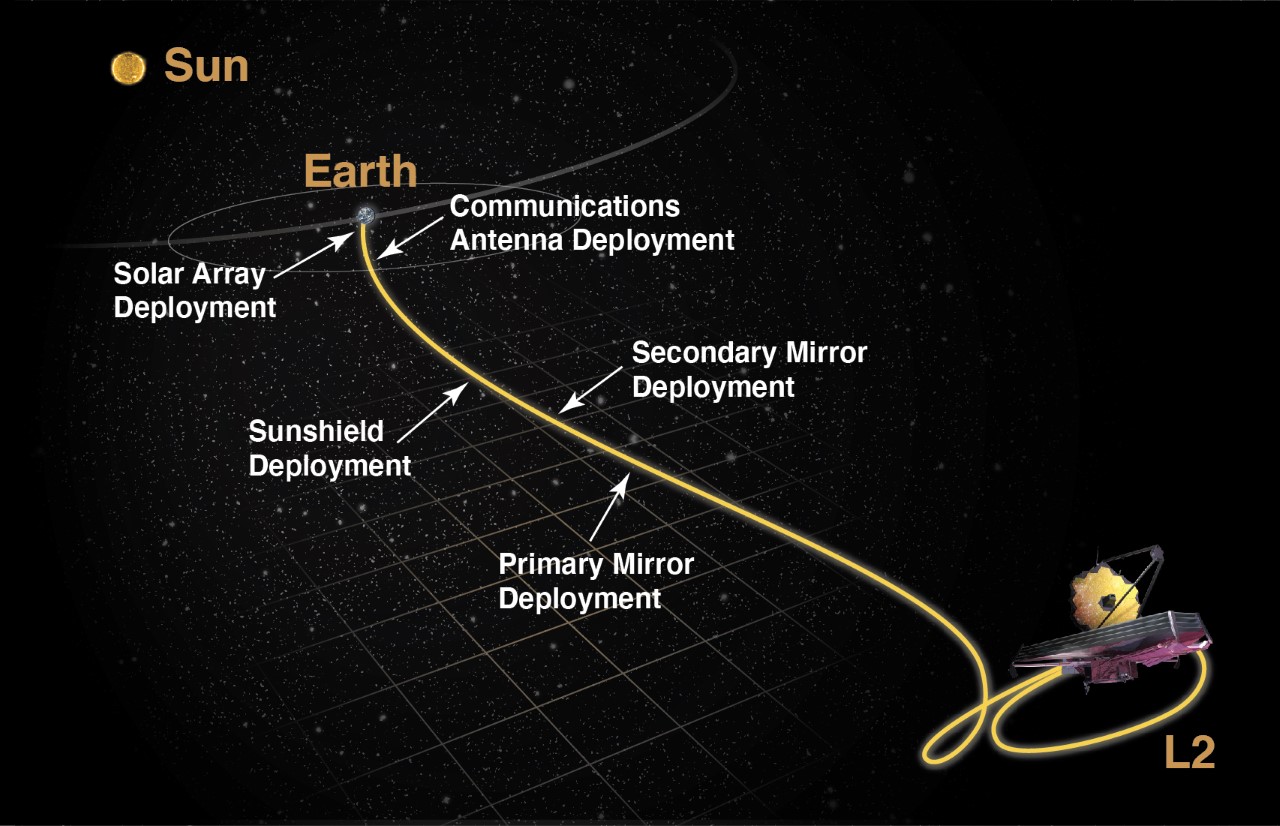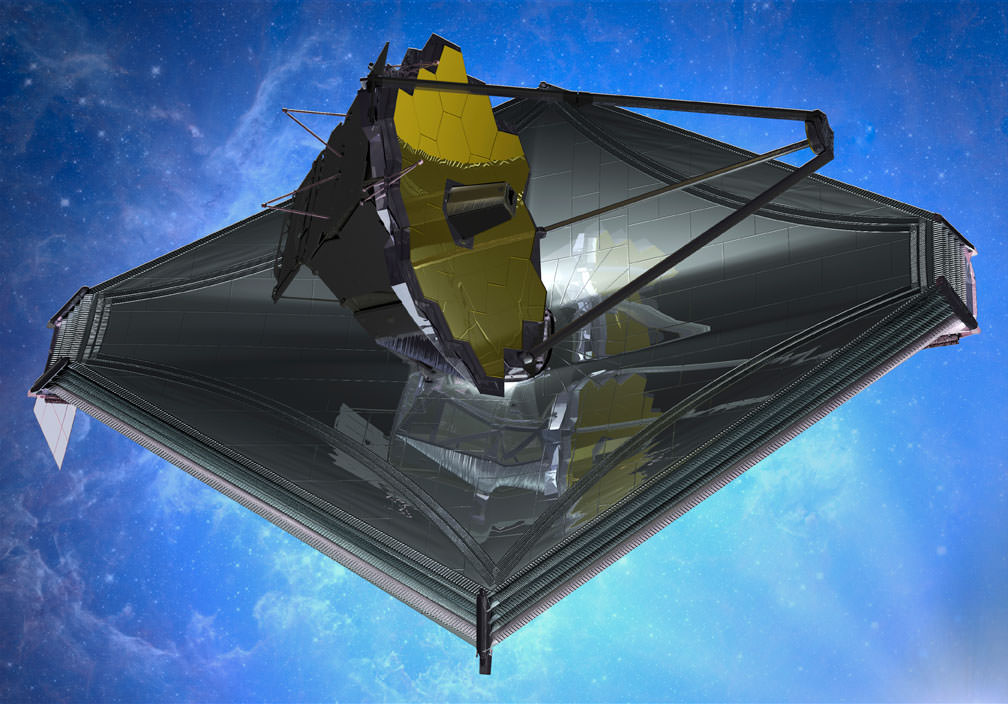After a detailed analysis of where the James Webb Space Telescope is now (Dec. 29, 2021) and how it got there, NASA determined the observatory should have enough propellant to operate in space for significantly more than 10 years in space.
Webb’s mission lifetime was designed to be at least 5-1/2 years, and mission engineers and scientists were hoping for closer to 10 years.
Continue reading “JWST’s Precise Launch and Near-Perfect Course Corrections Mean Fuel Savings. And That Means a Longer Mission”
